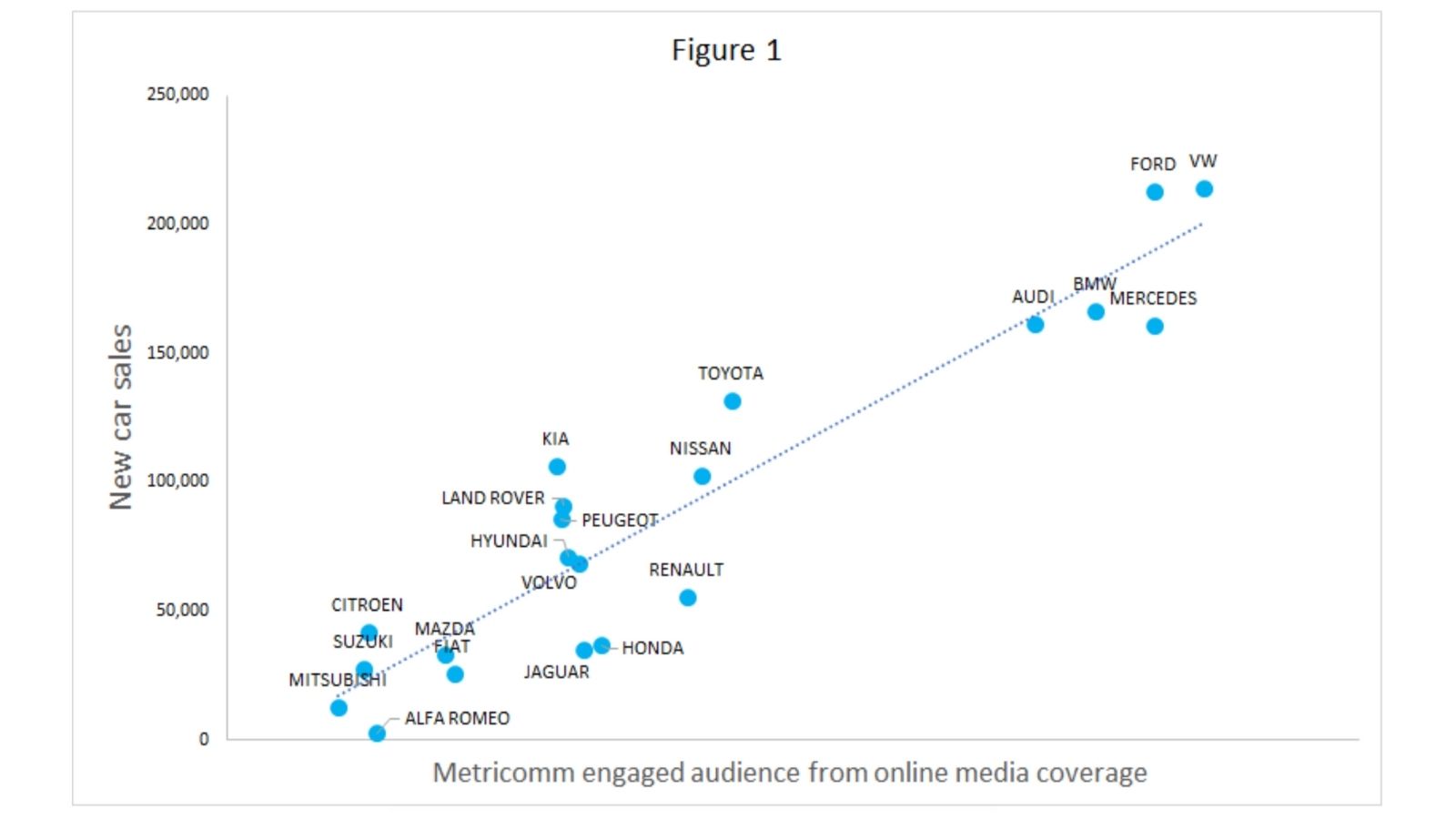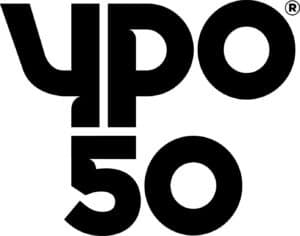Mark Westaby, Director at Metricomm, argues that the PR industry can take its place at the top table of advertising and marketing by measuring success differently.
Even in today’s digital world, TV advertising remains the most powerful means of building and maintaining the brand strength on which all other forms of marketing rely, online or offline.
Nevertheless, TV advertising is expensive and any incremental improvement in effectiveness is always desirable. Integrating TV advertising and PR has been a method to boost performance for many years, typically by using a core theme or taking advantage of anything specifically newsworthy in the advertising itself.
One area that has not been explored, however, is the impact of day-to-day media coverage on the effectiveness of advertising.
This is due largely to PR struggling to prove its own effectiveness, not least because the PR evaluation industry makes money based on the volume of coverage it monitors.
Volume might be very convenient for the PR evaluation industry but is deeply flawed when it comes to measuring effectiveness.
Metricomm is challenging the PR evaluation industry to focus on what really drives business outcomes from PR, which is not volume but the audience that is reached and influenced by media coverage.
It achieves this using an algorithm, based on in-depth academic research, which determines the probability of someone finding and being engaged by media coverage to the extent they are likely to react to it. Over the past four years the algorithm has been rigorously tested and performs extremely well.
A broad range of data sources are used with the algorithm, including website visitors, sales and audience viewing numbers, but the one used most extensively is Google search.
When the Public Relations and Communications Association (PRCA) published a paper in May, 2021, “challenging the advertising industry’s claim over Share of Search as both a metric and predictor for market share”, Metricomm was extremely surprised .
The PRCA paper went even further by calling Share of Search “a blunt metric that fails to address the sophistication of search marketing and public relations” while claiming the reason why “PR isn’t included in attribution models” is probably because “it is overwhelmingly marketing departments driving attribution modelling work rather than communications teams”.
Metricomm’s own research and experience strongly supports the advertising industry’s position and the company refutes the PRCA’s claims.
Furthermore, the company believes the real reason PR has not been included in attribution models is because the PR measurement industry has failed to provide the proper means through which the effectiveness of media coverage can be measured and understood.
Metricomm’s approach addresses these issues and has revealed compelling evidence to suggest why audiences resulting from media coverage are crucial to understanding the effectiveness of PR.
First, audiences react very differently depending on the type of media. Broadcast media generate the strongest reaction, but only over very short time frames. Online media generate lower reaction but over much longer time frames, while print media generate little direct reaction at all.
Second – and most crucial of all – 80% of effectiveness from coverage is driven by just 20% of the media that generate it. Fortunately, we can identify the media involved.
This in-depth understanding of what drives the effectiveness of media coverage means Metricomm’s data can be used very effectively in market mix and attribution models. The company’s own research and client work has proved PR is highly effective at driving short as well as long-term business outcomes and is in no doubt that PR must be taken far more seriously by marketing and advertising professionals.










